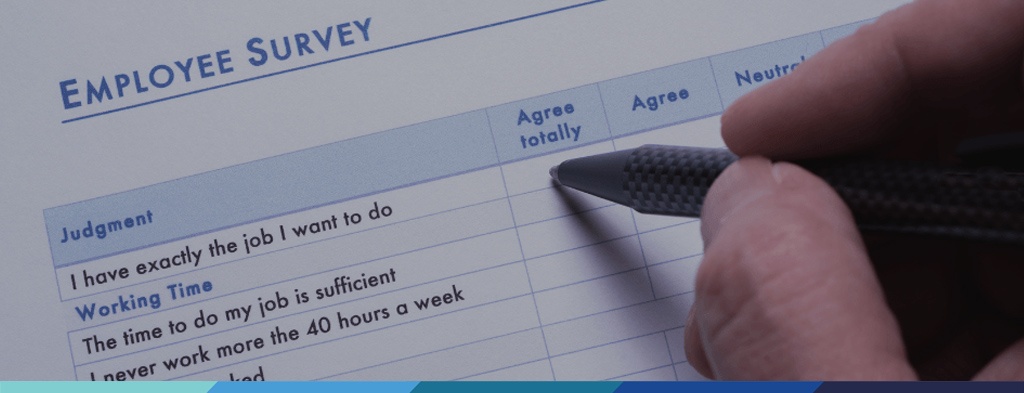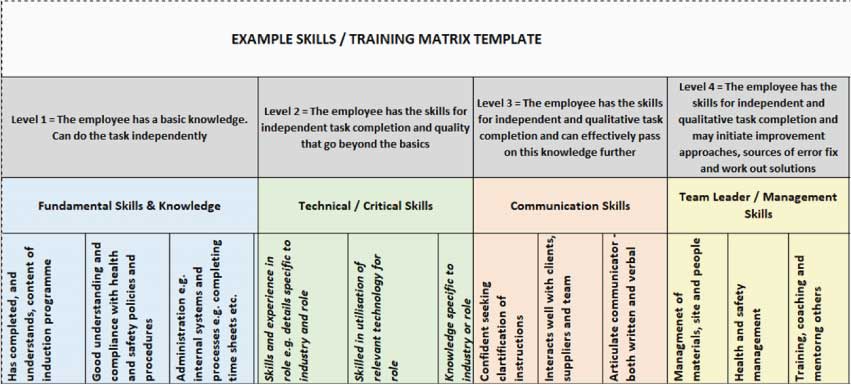There are situations where an employer feels justified in making a deduction from an employee’s pay.
For example: the employee may have resigned from their job without giving their required notice – and owes the company money (perhaps they undertook company sponsored education or training and agreed to stay for a period of time after completion or reimburse the company for the costs involved if they left); they may have damaged company property or equipment; or received a speeding ticket in a company vehicle.
It doesn’t matter how justified the employer feels in making the deduction, if an employer deducts money from an employee’s pay without their written consent (freely given, i.e., the employer can’t threaten or pressure the employee to agree), the employee could take legal action to get the money back (for a period of up to 6 years after the deduction occurred).
Employment law stipulates that deductions may only be made from an employee’s wages if they are required by law, agreed to by the employee.
In certain limited circumstances, overpayments are able to be deducted, but this requires advice from an HR or employment legal advisor.
This article covers when you can and can’t make deductions from wages or pay, and the process you should follow.
Wages Protection Act 1983
The Wages Protection Act 1983 sets out the way wages must be paid and prevents unlawful deductions from wages.
Employers can lawfully make a deduction from pay if:
- The deduction is specifically required by law, for example, PAYE tax, student loan repayment, child support. For this type of deduction, the employer is paying something on the employee’s behalf, so the employee doesn’t have to agree and can’t ask you to stop;
- the deduction is for a lawful purpose, is reasonable and the employee has agreed to or asked for the deduction in writing;
- the deduction is to recover an overpayment in limited circumstances; and
- a court directs that a deduction be made.
What will suffice for a deduction to be ‘agreed in writing’
Often employers believe that if they have a general deductions clause in the employment agreement, this will cover the ‘agreed in writing’ requirement for them to make a deduction from an employee’s pay. However, this is not correct, an employer must consult with the employee before they make a specific deduction under a general deductions clause. The employee can vary or withdraw their written consent to a deduction by giving notice in writing at any time. The employer must then vary or stop the deductions within two weeks of receiving the notice or as soon as practicable.
When an employee leaves without giving their contractually agreed notice period
If an employee leaves their job and doesn’t give their employer the notice required in their employment agreement, an employer can’t make deductions or withhold their wages or holiday pay unless the employee has given their written consent. A written employment agreement may include a specific deductions clause giving the employer specific permission to deduct wages or holiday pay if an employee resigns without giving the required notice. This clause may be enforceable if:
- the employee has been given adequate opportunity to consider and ask for independent advice on the terms and conditions of the employment agreement; and
- the employee has signed the employment agreement; and
- any deductions from wages or holiday pay relying on that clause considers the actual loss suffered by the employer as a result of the employee failing to work their notice period; and the proportion of the notice period that the employee fails to work.
Although this is extremely irritating, it is illegal to make an arbitrary deduction from an employee’s pay for an early departure from the business. Making a deduction from wages for time unworked is called a “penalty clause,” and the Employment Relations Authority (ERA) has ruled several times that they are in breach of the law.
What are overpayments in limited circumstances
In limited circumstances, the employer can recover an overpayment for any period that an employer doesn’t have to pay wages because during that period the employee has:
- been absent from work without that employer’s authority;
- been on strike;
- been locked out (within the meaning of that subsection); and
- been suspended.
These are the only circumstances in which an employer can recover overpayment of wages as of right, without requiring the employee’s written consent, and only if it wasn’t practical for the employer to avoid the overpayment (due to the methods and equipment used to make payments).
The employer must give the employee notice of the overpayment that they will be recovering:
no later than 10 days after the employee’s next normal pay day if they don’t have a fixed workplace (fixed workplace means they work in one set workplace); or
if they have a fixed workplace, but don’t go there during normal working hours, then no later than the first day after the employee’s next normal pay day that they go to their workplace during normal working hours; or
if the worker has two or more fixed workplaces and didn’t go to either of them during normal working hours on the employee’s next normal pay day, then no later than the first day the worker goes to one of the workplaces; or
no later than the employee’s next normal pay day in any other case (legally it must be recovered within two months of letting the employee know).
Payroll overpayments
Where there has been a payroll error and the business has overpaid wages, it may make sense to deduct the overpayment from the employee’s next pay. However, this is not lawful, and while it was a genuine mistake, you cannot make this deduction without the employee’s consent.
If you do find that you have made an overpayment, we recommend requesting that employee pay back the money, or propose deducting it from their next pay (or over a series of pay periods).
Process to follow for wage deductions
As in most employment situations, the most crucial step for an employer to take is to consult with the employee before taking any action.
The employer should advise the employee in writing of the proposed deduction, the reason for it e.g., for a speeding fine in a company vehicle, how much and when you are proposing to take it from their pay. You must then seek their feedback and genuinely consider their response in making your final decision e.g. an employee may ask if it could be deducted in installments rather than a lump sum.
As discussed, an employee has to agree to the employer making a deduction from their pay in writing. However, if an employee refuses to reimburse the company for any monies legitimately owed, the employer may have an option to explore disciplinary procedures for failing to engage in good faith.
Making deductions from pay can be tricky, and there are other situations relating to making deductions that aren’t covered in this article. It is important that you get pay related matters right, so if you have any queries about making deductions from pay, please seek professional advice from ConsultingHQ before taking any action.











